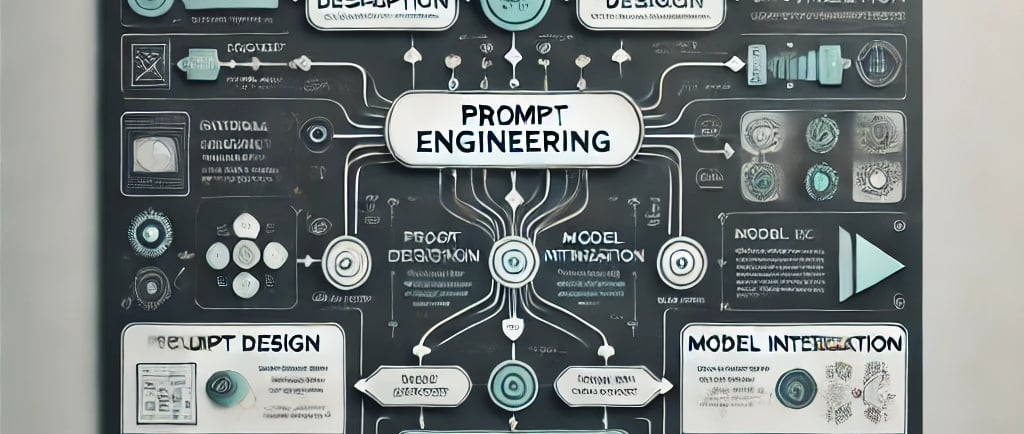Mastering Prompt Engineering: Crafting Effective Prompts for Success
Prompt engineering is the art and science of designing instructions to elicit the best responses from AI models like GPT-4. While AI has revolutionized problem-solving, the quality of its output often hinges on the input provided. Over time, I’ve realised that effective prompt design transforms AI from a basic tool into a true collaborator.
BLOG
David


Prompt engineering is the art and science of designing instructions to elicit the best responses from AI models like GPT-4. While AI has revolutionised problem-solving, the quality of its output often hinges on the input provided. Over time, I’ve realised that effective prompt design transforms AI from a basic tool into a true collaborator. Here are three essential strategies to master prompt engineering:
Provide Comprehensive Context
AI models thrive on context. Without it, their responses can be generic or misaligned. Treat your prompt as you would an instruction to a new team member: ensure they understand the "why" behind the task.
For example:
Ineffective: "Summarise this document."
Effective: "Summarise this scientific paper for an audience with no technical background, highlighting key findings and avoiding jargon."
The added context aligns the AI’s response with your goals.
Define the Problem Clearly
Ambiguity leads to suboptimal results. Break down your instructions into specific, actionable tasks. I use a simple three-step framework:
Explain the task: Clearly define the goal.
Set parameters: Specify constraints or requirements.
Describe the output: Detail the format or structure of the response.
For example:
Instead of: "Write a marketing email."
Use: "Draft a marketing email for a tech-savvy audience, introducing a cloud storage solution. Highlight its speed, security, and affordability in under 200 words."
Use Roles to Guide the AI
Assigning a role helps AI adopt a specific perspective, making responses more tailored and relevant.
For instance:
Generic Prompt: "Explain blockchain."
Role-Specific Prompt: "As a financial advisor, explain blockchain to a client who has no technical knowledge but is interested in its investment potential."
This approach fine-tunes the AI’s response to meet the user’s needs.
Takeaway
Prompt engineering is an iterative skill that requires creativity, clarity, and experimentation. Start by giving clear context, breaking down tasks, and assigning roles. These strategies have helped me unlock the true potential of AI, turning it into a valuable problem-solving ally.
By learning to craft precise prompts, you don’t just ask questions—you create opportunities for AI to deliver impactful, actionable insights.
AI430 - Agent HUB For Business Growth
Powering your Growth with our Successful Gen AI Solutions
Email Us
kalpita@ai430.com
© 2025. All rights reserved.
